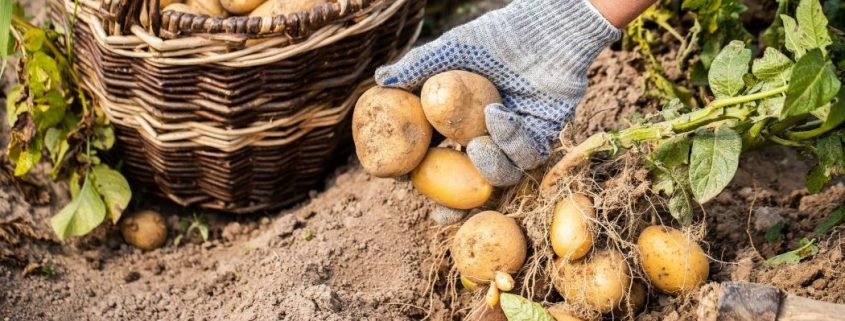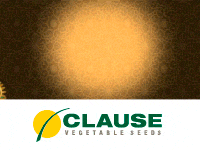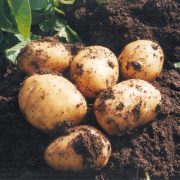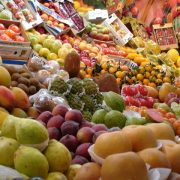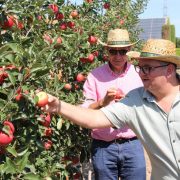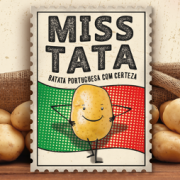New Genomic Techniques in potato breeding
Potatoes are the fourth most important food crop in the world after corn, rice and wheat and play an important role in Europe and worldwide in ensuring food security. Their short cultivation cycle and adaptability to a wide range of climatic conditions have helped potatoes to spread from their South American roots across multiple geographical borders.
Today, there are over three thousand potato cultivars distributed far and wide across more than 125 countries, particularly in temperate, subtropical and tropical regions. They are of major economic value on the global agricultural market and their global production exceeds 370 million tonnes of potatoes.
Europe is the world’s second major potato-producing region. Most of the existing potato breeding programmes in the world are situated in the European Union (83%). Out of the 157 private companies active in potato breeding, 150 are situated in the European Union (96%). The majority of the these private potato breeding companies fall into the category of small and medium sized enterprises.
Breeding of potato (Solanum tuberosum ssp. tuberosum) varieties is a complex and rather slow
process. This is due to the complex genetics of this crop, which is propagated by tubers. In addition,
over the past few decades, we have seen increased market segmentation. As a result of these
factors, investment in plant breeding in potatoes has tripled in the past 30 years.
From the moment of crossing in conventional breeding, potato breeders spend 10-12 years screening
and multiplying before they are able to market a new potato variety. The complicated genetics
behind potato breeding and the low multiplication rate make the introduction of new varieties a
rather difficult and slow process. In addition, the search for useful genetic variability in wild relatives
can be laborious and integrating it into cultivated varieties can be another challenging task.
In this context, new genomic techniques (NGTs) like genome editing lead the way for trait improvement in potato breeding, provide tools for precise and robust breeding approaches and contribute to food security given the importance of the European potato breeding sector worldwide.
NGTs allow breeders to develop plants that are similar to those that stem from conventional
traditional breeding methods, but more quickly and in a more precise manner. They are therefore
important tools that allow market demands, which change considerably over a ten-year period, and
the various needs of farmers and consumers to be met more efficiently.
EFSA has not identified new hazards for plants resulting from specific NGTs like targeted mutagenesis or cisgenesis. Such techniques result in plants that carry the same level of risk as that of those resulting from conventional breeding techniques.
Innovative developments that stem from NBTs can only be shared if the costs of regulating their
placing on the market are acceptable and proportionate to the size of the target markets. However,
we recognise the importance of the farmers’ and customers’ right to information and freedom of
choice.
While potatoes are vulnerable to different types of abiotic stress such as cold, heat and frost, they
also face threats arising from global warming that lead to water restriction, which significantly affects
quality and productivity. Climate change is therefore a major challenge for breeders. Potato
cultivation performs better in cool conditions (19°C) and is vulnerable to high temperatures. With
every one-degree Celsius rise in temperature, potato yields are reduced by 3-11%.
In addition, new pests and diseases could have a serious impact on crop production and yield. Cultivated potatoes are susceptible to approximately 40 different viral species as well as several
bacterial and fungal diseases (e.g. late blight caused by Phytophthora infestans), which severely
reduce potato quality worldwide. Certain diseases have also started to move further north as
temperatures and the weather change. 40% of potato losses can be attributed to insect pests and
crop diseases.
In the EU, the number of active substances for crop protection has drastically decreased over the past few years. NGTs have a role to play in reducing the need to apply pesticides. Breeding diseaseresistant varieties therefore becomes increasingly important and new breeding tools like genome
editing have already proven their value in various R&D approaches2.
High-quality potato production
The post-harvest storage of potato tubers is another criterion that determines their end-product
processing quality. This long-term storage tends to come with various storage diseases that can
significantly reduce the tuber quality and make it unfit for further processing. Cold storage often
comes with high levels of reducing sugars in the tuber, a phenomenon known as cold-induced
sweetening.
High levels of reducing sugars in the tuber often lead to a high level of acrylamide, a toxic organic compound that is naturally formed when potatoes – and other foods – are processed at high temperatures (over 120 degrees). Selecting raw material with low levels of reducing sugars and
applying the correct storage conditions are currently among the most important mitigation measures
used by food business operators and end-users to reduce acrylamide formation. However, this is not always possible due to geographical differences that may affect the crops, seasonality, drought, the
availability of anti-sprouting agents and suboptimal storing conditions.




